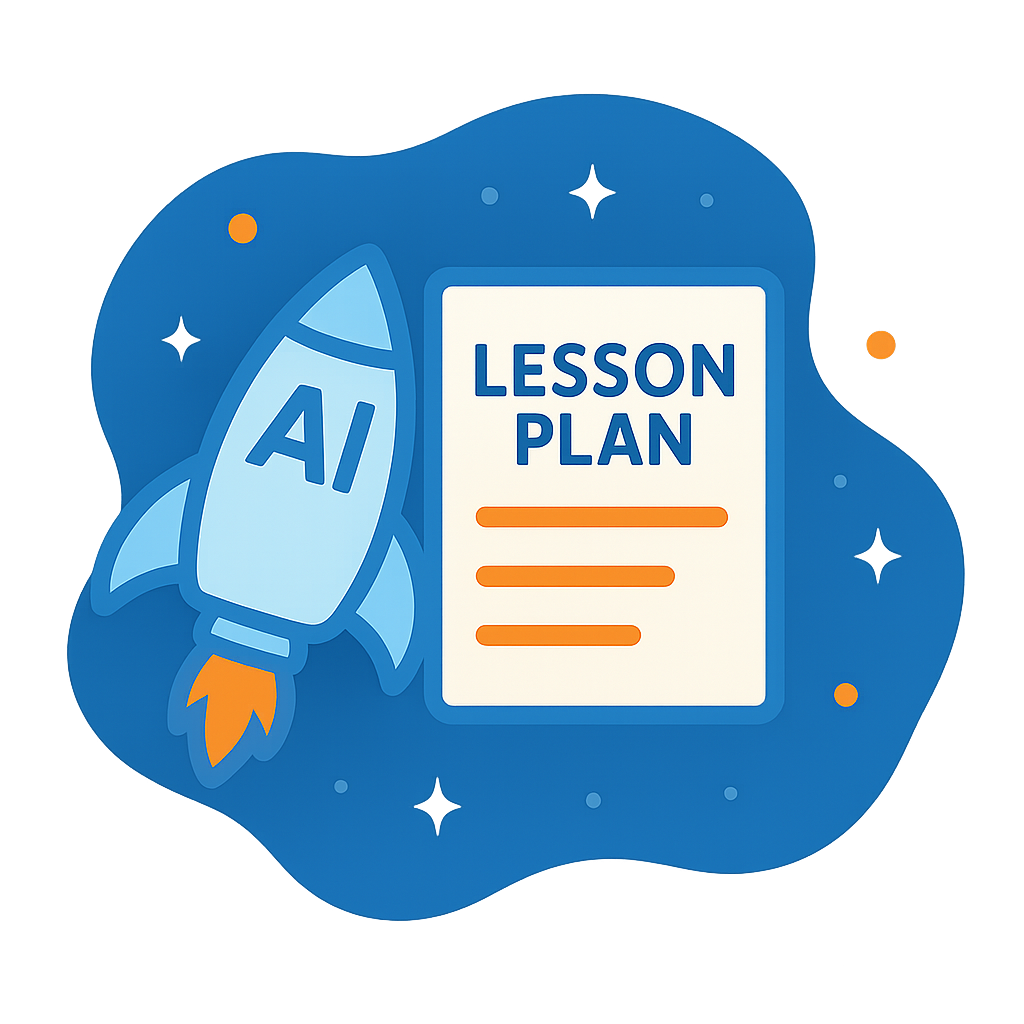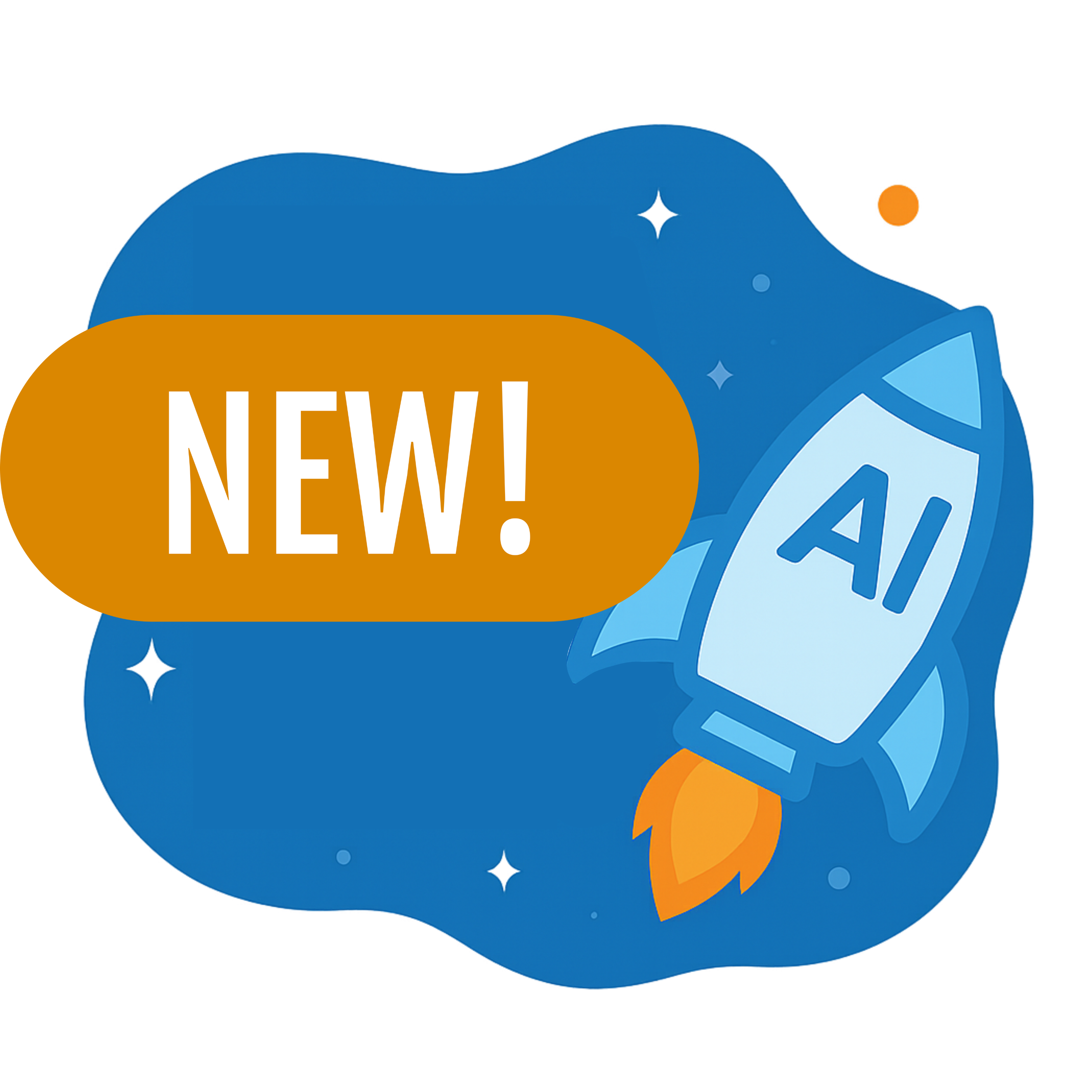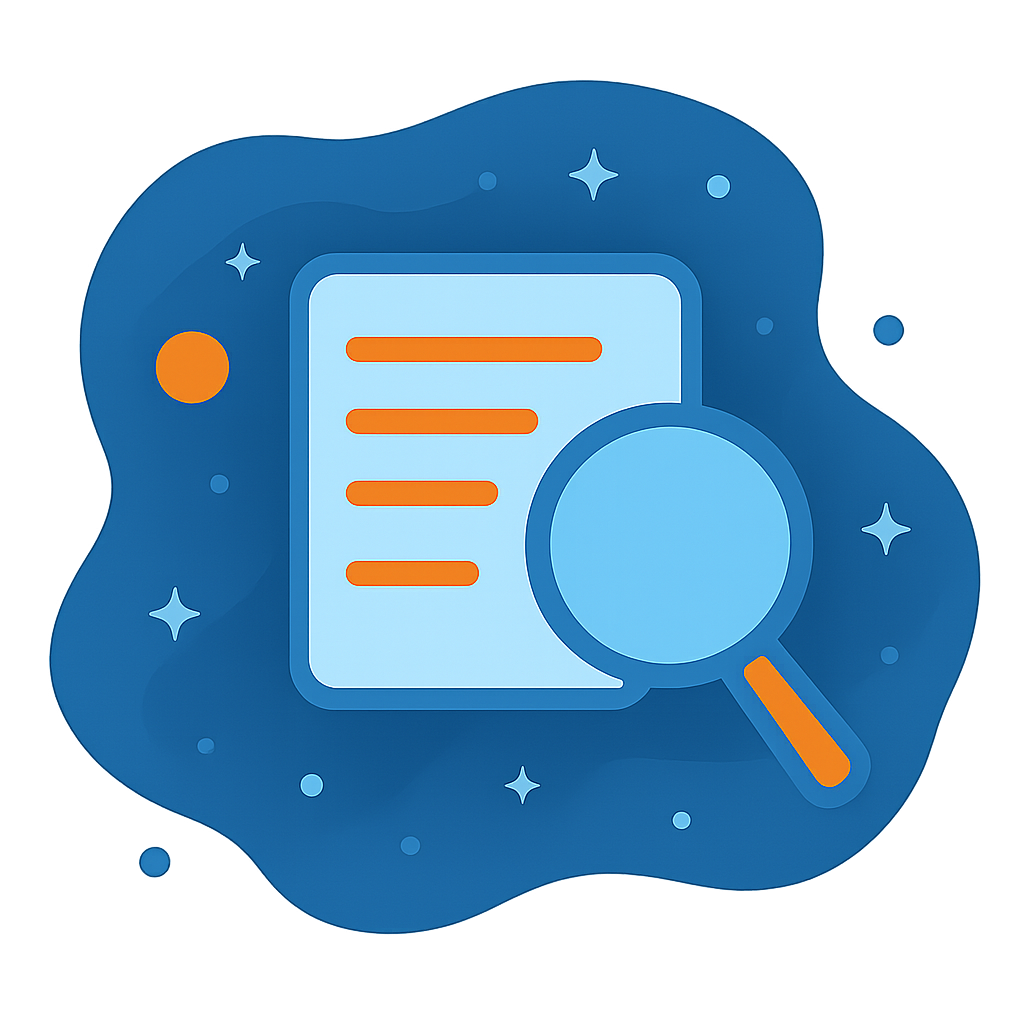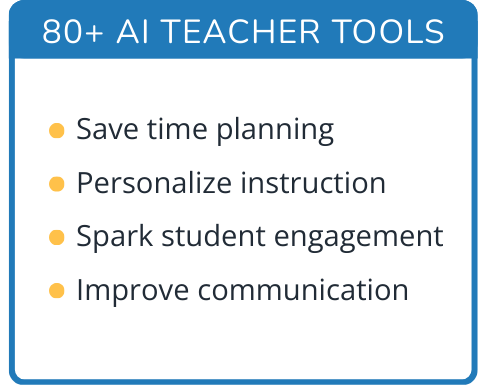Hi, what do you want to do?
Curated OER
Lincoln Meets Gates
Students research historical figures and create presentations for their research using technology tools. In this historical figures lesson, students use the provided links to research historical figures in America. Students then use...
Curated OER
Solar System Bowl
Pupils make up questions in groups about the solar system and quiz the other group. In this solar system lesson plan, students demonstrate good cooperative learning techniques by reviewing the solar system together and quizzing each other.
Curated OER
The Living Environment
Fourth graders make a chart of animals and plants that live in either the desert, the ocean, or the tundra. In this environment lesson plan, 4th graders work in groups to discover characteristics needed for these animals to live in that...
Curated OER
Literary Response and Analysis
Ninth graders analyze a work of literature about an author. In this biography analysis lesson, 9th graders research an author and work in groups to discuss the author with other students. Students research and discuss the authors Edgar...
Curated OER
The Expanding Universe
Students explore the expanding universe. In this science lesson, students use balloons to model the expansion of the universe. Students take measurements of the balloon expansion and answer questions directed to develop their...
Curated OER
Using Star Charts and Maps
Students study star charts and describe locations of objects. In this scientific models lesson students use coordinates and identify characteristics.
Curated OER
Pick It Up!
Learners investigate recycling by creating receptacles that can hold trash or recyclable items. In this graphic design instructional activity, students encourage their classmates to help save the environment by using a recycling...
Curated OER
Energy Balance
Students explore energy. In this health and nutrition lesson, students brainstorm a list of healthy foods that provide energy, and identify physical activities that burn energy. Students complete a good nutrition worksheet.
Curated OER
Art Ideas for Your Adopted Tree
Students honor an adopted tree with artwork. In this adopted tree lesson plan, students find a tree in their neighborhood. They follow the tree throughout the year, keep notes, draw sketches, take photos and rubbings. They make artwork...
Curated OER
Sheila Rae the Brave
First graders practice summarizing with the book Sheila Rae the Brave by Kevin Henkes. In this summarizing lesson, 1st graders read the story over 3 days and answer comprehension questions. They write a summary about what they book was...
Curated OER
Landforms
Students research landforms created by tectonic movement. In this landforms lessons, students discuss caves, canyons, mountains, valleys, and undersea vents and the ecosystems unique to these environments.
Curated OER
Native American Foods
Students explore Native American foods. In this middle school mathematics lesson, students research the types of foods Native Americans across the country typically ate. Students summarize a recipe in their own worlds.
Curated OER
Native American Interaction with Other Peoples
Students examine the relationships between Native Americans and the Europeans who settled America. In this cultural diversity lesson, students analyze primary documents and respond to essay questions regarding the relationships.
Curated OER
Read, Write and Talk
Fourth graders explore electricity by reading a story in their class. In this research technique instructional activity, 4th graders read a Magic School Bus book together and decide which elements of the story are the most important when...
Curated OER
Summertime Travel
Third graders write about a summer event they participated in. In this paragraph writing lesson, the teacher models how to write about a place they have visited. Students then write their own paragraphs. Students will point out on...
Curated OER
Problem Posing Mathematics
Young scholars work on multiplication problems. In this hands-on math lesson, students practice the concept of multiplication through manipulatives, arrays, pictures, and drawings. They discover other ways of learning multiplication...
Curated OER
Talking About the MySpace Generation
Students examine 21st century learning tools. In this digital tools lesson, students discover what the Internet is and explore the success of Google and MySpace. Students discuss what they think could be the next big digital tool.
Curated OER
Forest Ecosystem Field Trip
Students investigate the environment by participating in a class field trip. In this botany lesson, students attend a field trip through their local park or forest while listening to a nature guide. Students practice using their 5 senses...
Curated OER
Treaties
Fifth graders investigate Canadian history by examining the alliances made in the past. In this Canadian treaties lesson, 5th graders identify the Native Americans of Canada, known as the First Nations people or Aboriginals. Students...
Curated OER
Treaties
Learners explore Canadian maps. In this map skills and Canadian history instructional activity, students locate reserves that originated from treaties made while establishing the Saskatchewan First Nation reserve communities. Learners...
Curated OER
Journey to Understanding Vocabulary
Young scholars examine word parts. In this word study instructional activity, students practice breaking words into parts and using their knowledge of Greek roots, prefixes, and suffixes determine the words' meanings.
Curated OER
Sorting By One Atrribute
Students use different color items to sort by color and different attributes of the manipulatives given to them. In this sorting lesson plan, students also write a journal entry or draw a picture of their activity.
Curated OER
Sherlock Holmes Characterization
For this reading comprehension worksheet, students respond to 8 short answer questions based on characterization techniques used in the Sherlock Holmes series.
Curated OER
Common Theme in Folktale: 900 Versions of Cinderella
Seventh graders examine various stories that have a Cinderella theme. In this Language Arts lesson, 7th graders compare and contrast stories. Students write various journal assignments in regards to the stories.




























